There are many ways through which you can contribute to the wellbeing of others, such as making monetary contributions, getting involved in volunteer work, raising awareness among the community, and more. However, one critical act of kindness that you may not have necessarily thought of is donating blood. It’s vital to acknowledge that, along with health practitioners, hospitals, and medical infrastructure, blood is an indispensable element in keeping healthcare systems running. Tragically, there can be situations where the supply of blood becomes alarmingly low. You may wonder, why not synthetically produce more blood? The truth is, regardless of numerous advancements in medicine, we still don’t have the capacity to manufacture blood, implying that the sole source is from generous donations. Consequently, in events like car crashes, people accidentally falling down stairs, or victims of violent incidents, the critical need for blood is quite high. This is particularly true in less developed regions where high rates of vehicle accidents, violent acts, and natural disasters regularly cause vast numbers of fatalities. Establishments such as the Red Cross are devoted to guaranteeing that doctors and medical facilities in such places have sufficient supply of blood, but their success greatly depends on the backing from kind-hearted individuals like you. Consequently, here are 25 crucial facts you must understand about blood donation.
To get it out of the way, you've probably heard by now that the blood you donate is sold to hospitals
 Source: wikipedia
Source: wikipedia And that it's a $4.5 billion dollar per year industry
 Source: wikipedia, Image: pixabay
Source: wikipedia, Image: pixabay While this is true, it shouldn't keep you from donating. Why? Every blood donation center has costs, lots of them. It needs to hire staff and fund equipment. Taking blood is expensive. Who do you think paid for your "free" I Donated Blood t-shirt?
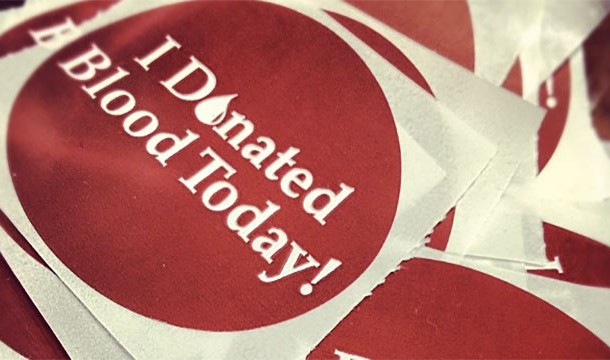 Source: wikipedia, Image: wikipedia
Source: wikipedia, Image: wikipedia Besides, your blood is needed. In fact, every two seconds someone in the US needs blood
 Source: wikipedia, Image: wikipedia
Source: wikipedia, Image: wikipedia Just one pint of your blood can save up to 3 lives
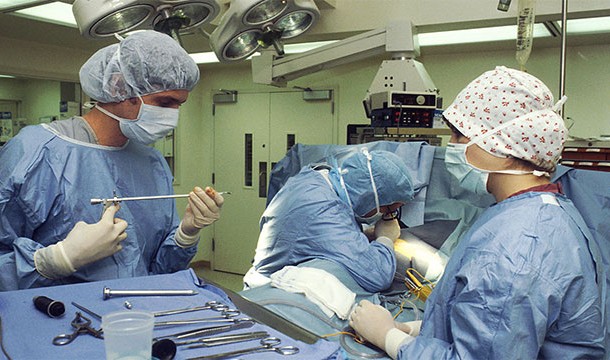 Source: wikipedia, Image: wikipedia
Source: wikipedia, Image: wikipedia After he needed 13 liters of blood during a surgery when he was 13, James Harrison vowed to donate blood when he turned 17
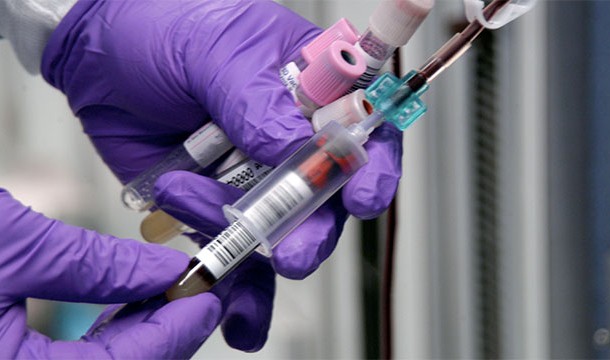 Source: wikipedia, Image: wikipedia
Source: wikipedia, Image: wikipedia It was soon discovered that his blood contained a rare antigen that cured Rhesus disease
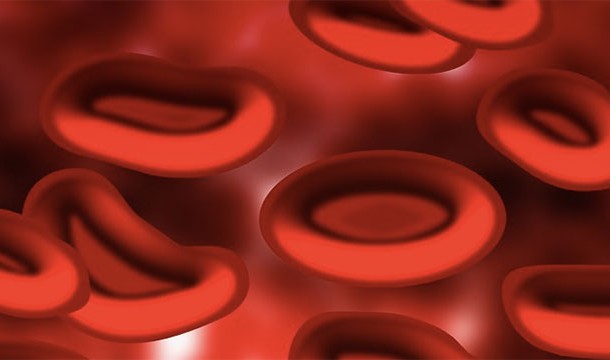 Source: wikipedia, Image: pixabay
Source: wikipedia, Image: pixabay Since then he has donated more than 1,000 times and saved an estimated 2 million unborn babies from the disease
 Source: wikipedia, Image: wikipedia
Source: wikipedia, Image: wikipedia The demand for blood transfusions is growing faster than the number of donations
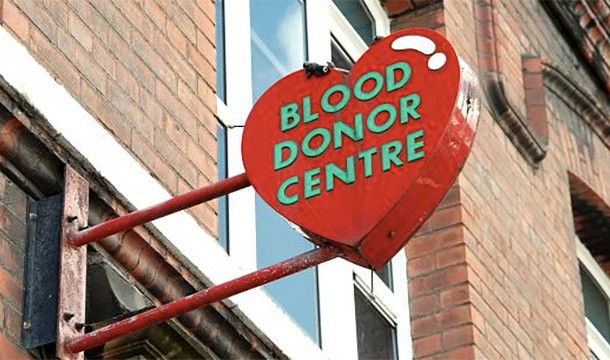 Source: wikipedia, Image: wikipedia
Source: wikipedia, Image: wikipedia Although 60% of the US population is eligible for donating blood, only 5% does
 Source: wikipedia, Image: wikipedia
Source: wikipedia, Image: wikipedia Although coconut water can temporarily substitute blood plasma, blood cannot be manufactured. It can only come from donors.
 Source: wikipedia, Image: wikipedia
Source: wikipedia, Image: wikipedia There are usually shortages of all blood types during summer and winter holidays
 Source: wikipedia, Image: wikipedia
Source: wikipedia, Image: wikipedia The most needed blood type is "O"
 Source: wikipedia, Image: wikipedia
Source: wikipedia, Image: wikipedia To donate, you must generally be at least 17 years old, weigh at least 50 kg (110 pounds) and be in good health
 Source: wikipedia, Image: wikipedia
Source: wikipedia, Image: wikipedia Sometimes things like traveling abroad or having tattoos can make you ineligible due to the possibility of contamination
 Source: wikipedia, Image: wikipedia
Source: wikipedia, Image: wikipedia An average adult has roughly 10-12 pints of blood in their body. Only about 1 pint is given during the donation.
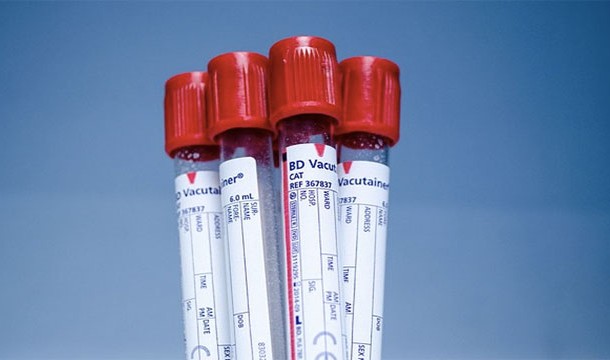 Source: wikipedia, Image: wikipedia
Source: wikipedia, Image: wikipedia Back to the costs of donating blood - all blood has to be tested for HIV, Hepatitis, and other diseases before it can be released to hospitals
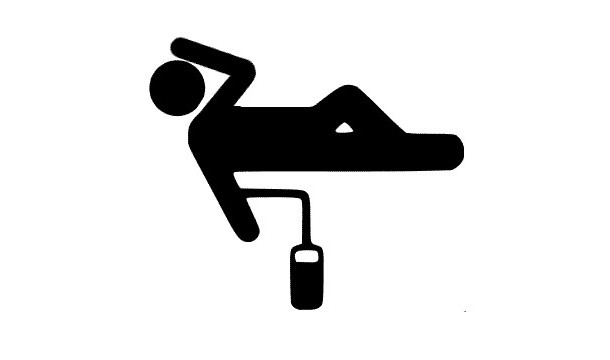 Source: wikipedia, Image: wikipedia
Source: wikipedia, Image: wikipedia This process is usually significantly more expensive in coastal states (of the US) due to higher costs (staffing, etc)
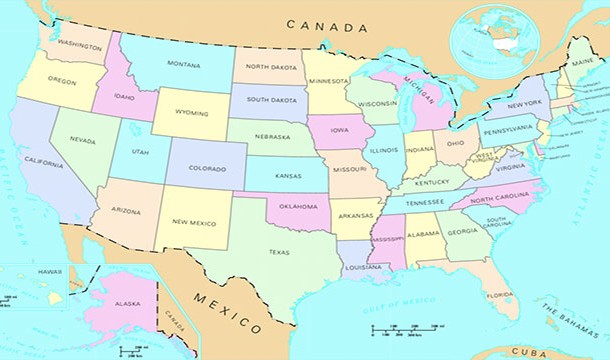 Source: wikipedia, Image: wikipedia
Source: wikipedia, Image: wikipedia You can donate blood every 56 days
 Source: wikipedia, Image: wikipedia
Source: wikipedia, Image: wikipedia This means that if you started donating around the age of 17 and continue donating every time you become eligible you would have donated nearly 50 gallons of blood
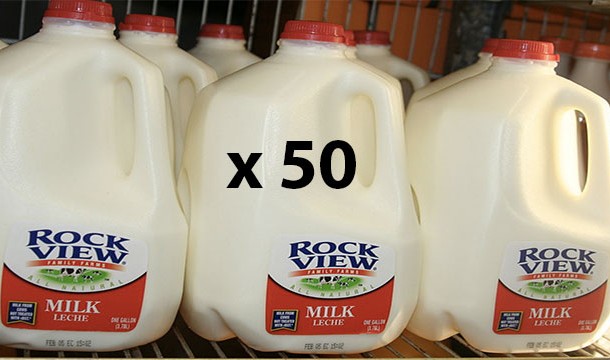 Source: wikipedia, Image: wikipedia
Source: wikipedia, Image: wikipedia That would save roughly 1,000 lives
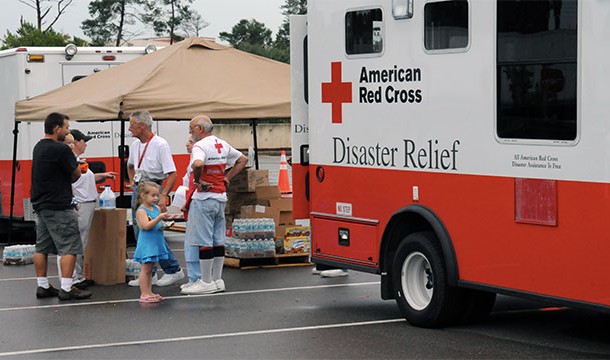 Source: wikipedia, Image: wikipedia
Source: wikipedia, Image: wikipedia People with blood type O- are universal donors and their blood can be given to recipients of any other type of blood
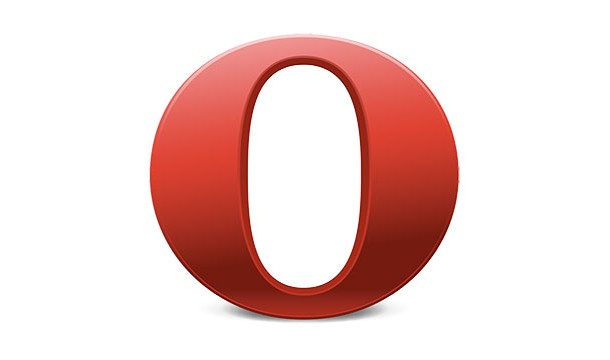 Source: wikipedia, Image: wikipedia
Source: wikipedia, Image: wikipedia Blood type O- is often used in emergencies before the patients blood type has been determined
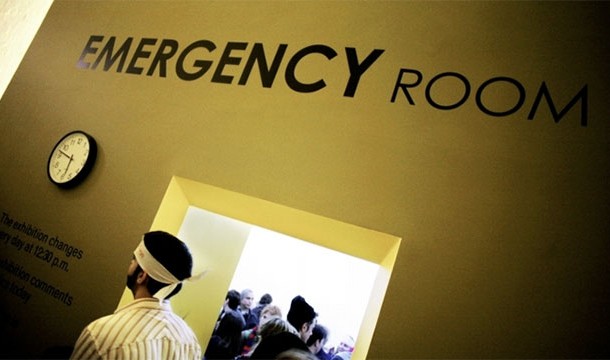 Source: wikipedia, Image: wikipedia
Source: wikipedia, Image: wikipedia It is also used with newborns who need blood
 Source: wikipedia, Image: wikipedia
Source: wikipedia, Image: wikipedia Only 7% of Americans have blood type O-
 Source: wikipedia, Image: wikipedia
Source: wikipedia, Image: wikipedia 


























